Harley Davidson Frame Types are diverse in Harley-Davidson motorcycles. These various frame styles give each bike a unique look and feel, affecting how it rides and handles on the road.
Ever wondered why Harleys feel so different from other bikes? The secret lies in their frames. Whether you’re a new rider or a seasoned biker, understanding these frames can help you pick the perfect Harley for your style.
This article explores Harley-Davidson’s diverse frame types, each offering unique riding characteristics. It examines designs ranging from speed-focused to comfort-oriented, aiding riders in selecting their ideal Harley.
Basics of Motorcycle Frames
Motorcycle frames, the backbone of any bike, significantly influence handling and feel. Harley-Davidson’s frames have evolved from simple bicycle-like structures to diverse designs, each imparting a unique character.
Beyond structure, frames impact rider comfort. Harley-Davidson offers various frame types, from stiff for better control to softer for smoother rides, catering to all riders from city commuters to long-distance tourers.
Key Features of Harley Frames
Let’s explore key features of Harley-Davidson motorcycle frames:
- Material: Most frames are made of steel for strength.
- Geometry: The frame’s shape affects how the bike handles.
- Suspension: Some frames have built-in suspension, others don’t.
- Weight: Frame weight impacts the bike’s overall performance.
- Customization: Some frames are easier to modify than others.
Evolution of Harley Davidson Frame
Harley-Davidson’s first bikes had simple frames. They looked a lot like bicycle frames. These early frames were light and basic. They worked well with the small engines of that time. As engines got bigger, the frames had to change too.
In the 1930s, Harley introduced the rigid frame. This frame had no rear suspension. It was great for control but gave a harsh ride. Riders felt every bump on the road. But it was strong and reliable. Many classic Harleys used this frame type.
Over time, Harley kept improving their frames. They wanted to make bikes more comfortable and better to ride. This led to new frame designs. Each new frame solved problems and added features. The evolution of Harley Davidson frames show how the company adapted to riders’ needs.
Softail Frame
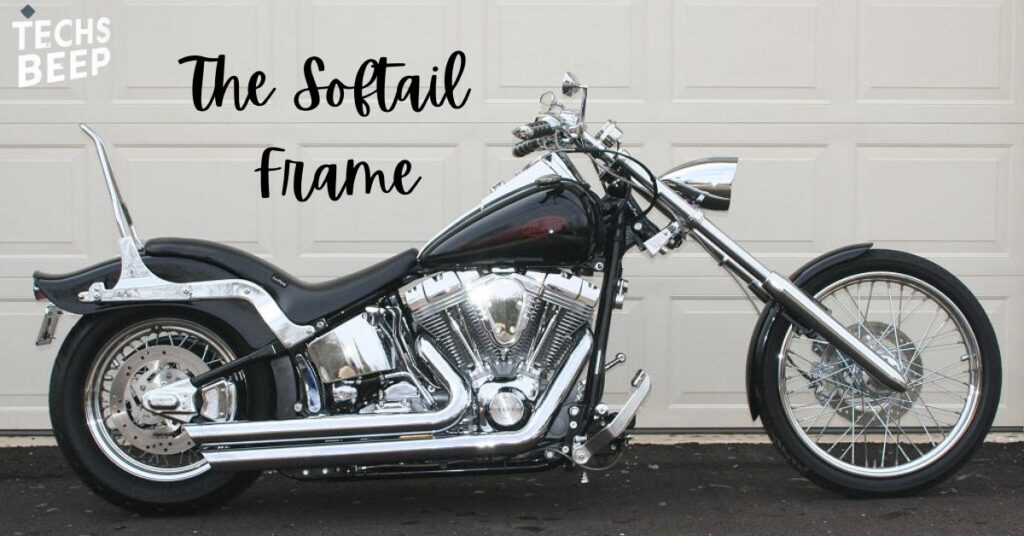
The Softail frame is a Harley-Davidson icon. It looks like an old hardtail frame. But it has a hidden rear suspension. This gives riders the best of both worlds. They get the classic look with modern comfort.
Harley introduced the Softail in 1984. It quickly became popular. The frame has a low profile and clean lines. It hides the suspension under the bike. This keeps the classic Harley look that many fans love.
Riding a Softail is a unique experience. It’s smoother than a hardtail but still feels connected to the road. The frame works well for cruising and city riding. Many famous Harley models use the Softail frame. It’s a perfect blend of style and function.
Dyna Frame
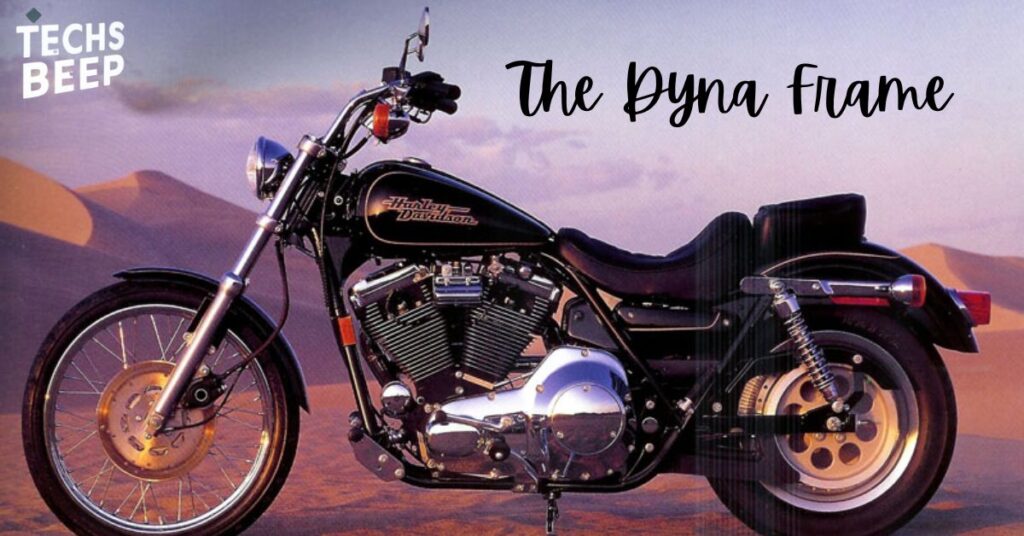
The Dyna frame came out in 1991. It’s known for its exposed rear shocks. This frame combines elements from different Harley designs. It has the power of big engines with a sportier feel.
Dyna bikes handle well on twisty roads. The frame is stiffer than a Softail. This makes the bike more responsive. Riders who like a more dynamic ride often choose Dyna models. The frame allows for easy customization too.
Harley stopped making Dyna models in 2017. But the frame left a lasting impact. It showed that Harleys could be both powerful and agile. Many riders still love Dyna bikes for their unique blend of features.
Touring Frame
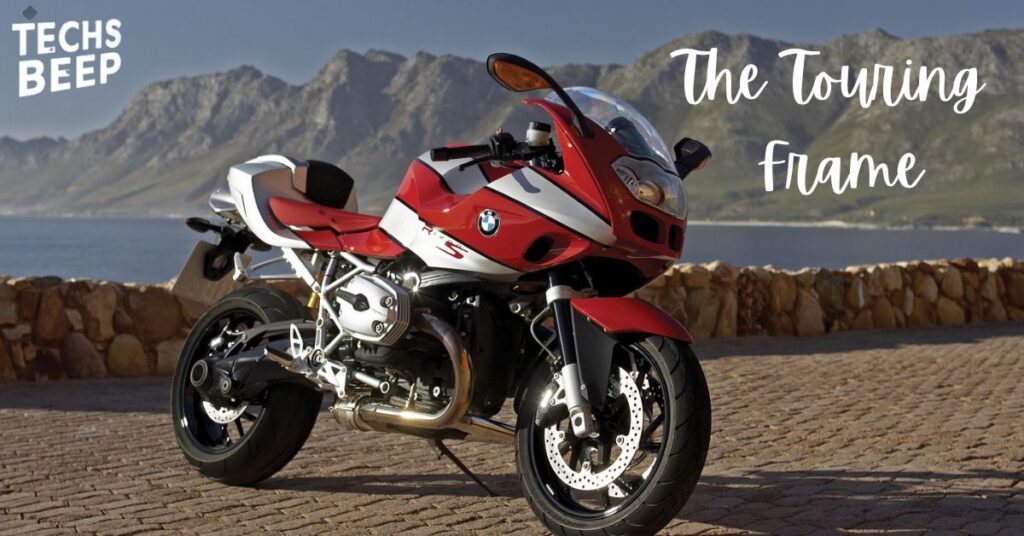
Harley’s Touring frame is made for long trips. It’s bigger and heavier than other frames. This frame provides stability at high speeds. It also allows for lots of storage space. Touring bikes are perfect for riders who love long journeys.
The Touring frame first appeared in 1941. It has evolved a lot since then. Modern Touring frames have advanced suspension systems. They make long rides comfortable. The frame can handle the weight of two riders and luggage easily.
Bikes with Touring frames often have large fairings. These protect the rider from wind. The frame’s design allows for a relaxed riding position. This reduces fatigue on long trips. Touring frames are the backbone of Harley’s highway cruisers.
Sportster Frame
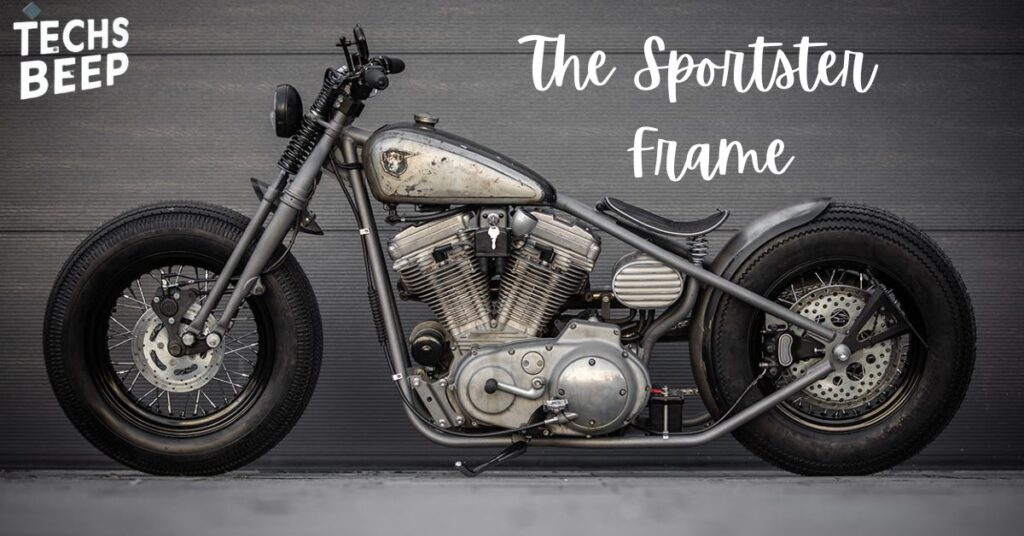
The Sportster frame is smaller and lighter than other Harley Davidson frames. It was introduced in 1957. Harley made it to compete with British sport bikes. The frame gives Sportster models their nimble handling.
Sportster bikes are great for city riding. The frame’s compact size makes the bike easy to maneuver. It’s also good for new riders. The lower seat height and lighter weight help beginners feel more confident.
Over the years, the Sportster frame has seen many updates. But it keeps its core features. It’s still lightweight and responsive. Many custom builders love working with Sportster frames. They’re a great base for creating unique bikes.
Impact of Technology on Harley Frames
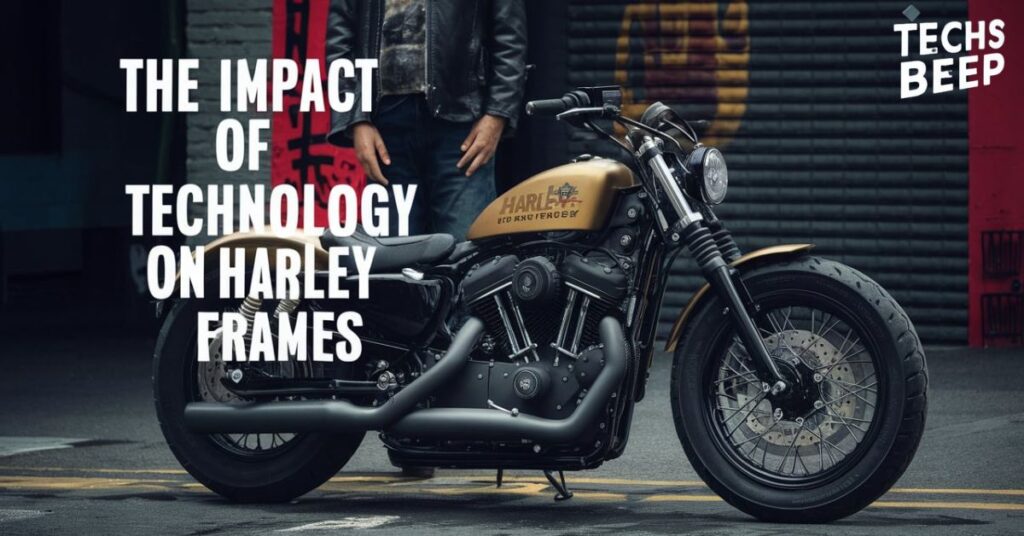
Technology has changed how Harley frames are made. New materials and design tools have led to stronger, lighter frames.
Lighter Materials
New materials are making frames lighter. This improves handling and fuel efficiency. Harley is exploring ways to use these materials while keeping their classic look.
Advanced Suspension
Modern suspension systems are changing frame design. They offer better comfort and control. Harley is integrating these new systems into their frames.
Computer-Aided Design
CAD software helps engineers create better frames. They can test designs before building them. This leads to safer and more efficient frames.
Electric Bike Frames
Electric motorcycles need different frames. They have to hold batteries and electric motors. Harley is developing new frame types for their electric models.
3D Printing
Some custom frame parts are now 3D printed. This allows for unique designs. It might change how Harley makes frames in the future.
Read this article: DevelopSearcher.site: Your Ultimate Developer Resource
Impact of Harley Davidson Frame Types on Riding Experience
Harley-Davidson frame types greatly affect how a bike feels to ride. Each frame offers a unique mix of comfort, handling, and style that shapes the overall experience.
This table compares how different Harley Davidson frame types affect key aspects of the riding experience.
| Aspect | Rigid Frame | Softail Frame | Touring Frame | Sportster Frame |
| Comfort | Low | Medium | High | Medium |
| Handling | Firm | Balanced | Stable | Agile |
| Customization | Moderate | High | Low | Very High |
| Ideal Use | Classic styling | All-around cruising | Long-distance trips | City riding, beginners |
| Weight | Light | Medium | Heavy | Lightest |
Choosing the Right Frame for You
Consider these points when picking a Harley Davidson frame:
- Riding style: Touring, cruising, or city riding?
- Comfort needs: Do you prefer a smooth or firm ride?
- Experience level: Some frames are better for beginners.
- Customization plans: Do you want to modify your bike?
- Budget: Different frame types come at various price points.
Future of Harley-Davidson Frames
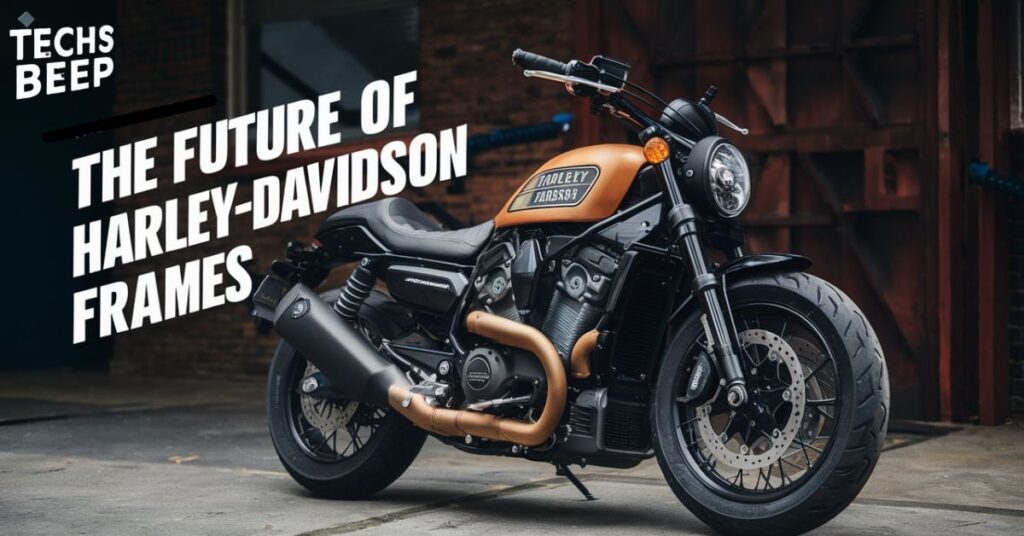
Harley-Davidson keeps innovating with their frames. They balance tradition with new technology. The future of Harley Davidson frames looks exciting.
Adaptive Frames
Frames that change shape while riding might be possible. They could adjust to different road conditions. This would give riders the best performance in any situation.
Imagine a frame that stiffens for high-speed riding. Then it softens for bumpy city streets. This technology is still developing. But it could revolutionize how motorcycles handle.
Eco-Friendly Materials
Harley is looking at more sustainable frame materials. These could be recycled metals or new composites. The goal is to make bikes that are kinder to the environment.
Using these materials could make bikes lighter too. This would improve fuel efficiency. It’s a win for both riders and the planet.
Smart Frames
Future frames might have built-in sensors. These could monitor the bike’s performance. They could also alert riders to potential problems.
Smart frames could make riding safer. They might even connect to smartphones. This would give riders more information about their bike. It’s a blend of classic riding and modern tech.
Final Words
Harley-Davidson frames have come a long way since the company’s early days. Each frame type offers something unique. From the classic look of Softails to the long-distance comfort of Touring frames, there’s a wide range to choose from.
Understanding frame types helps riders make better choices. It’s not just about the engine or the style. The frame plays a huge role in how a bike feels and performs. Whether you’re cruising highways or navigating city streets, the right frame makes all the difference.
For Harley enthusiasts, the frame is part of the bike’s character. It’s what gives each model its distinct personality. As Harley-Davidson continues to innovate, we can expect to see new frame designs. These will keep pushing the boundaries of what a motorcycle can be.
Frequently Asked Questions
What’s the most comfortable Harley Davidson frame?
The Touring frame is often considered the most comfortable for long rides.
Are Softail frames good for beginners?
Yes, Softails can be good for beginners due to their low seat height and balanced feel.
Which Harley Davidson frame is best for customization?
The Dyna and Sportster frames are popular choices for customization.
Can I change the frame on my Harley?
It’s possible but complex and expensive. Most riders choose to buy a new bike instead.
Do all Harley Davidson frames have rear suspension?
No, older rigid frames and some custom frames don’t have rear suspension.








